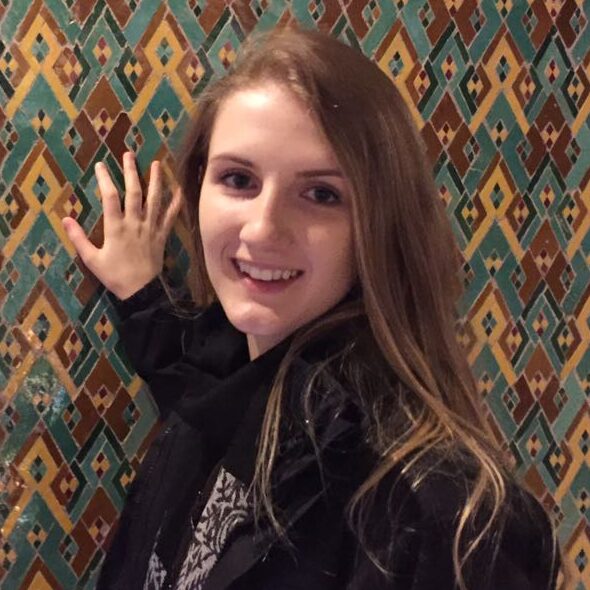Introduction
Body Cartography: Mapping Physical Sensations is a powerful technique that blends self-awareness, art, and self-care. With a guided body scan and intuitive painting on a human silhouette, this method helps beginners—especially those dealing with anxiety, chronic pain, or disconnection from the body—recognize and visually express their physical sensations.
With an enthusiastic and informative tone, this article invites readers on a transformative journey that combines mindfulness, sensitivity, and visual expression.
What Is Body Cartography? A New Path to Self-Awareness
Body cartography is an emotional and physical map drawn over the human body. Inspired by body scan techniques and art therapy, this method encourages you to:
- Identify sensations such as tension, warmth, tingling, or relaxation
- Translate these perceptions into colors and shapes—a form of art from within
- Establish a deep and conscious connection between mind and body
Why Map Sensations? Physical and Emotional Benefits
Mapping your body provides several benefits:
- Mindfulness: a body scan calms the mind and fosters acceptance
- Self-awareness: it reveals recurring patterns of tension
- Emotional relief: externalizing internal experiences provides release
- Guided creativity: transforms physical states into authentic artistic creation
Preparing for the Exercise: Environment, Materials, and Intention
To begin your body cartography practice, prepare:
- A quiet space with soft lighting and physical comfort
- Materials like paper or printed silhouette, colored pencils, markers, pastels, or watercolor
- Optional: calming background music to support the body scan
- Set your intention: relaxation, awareness, exploration…
Body Scan: A Step-by-Step Artistic Meditation
Follow these steps:
- Sit or lie down in a comfortable position and close your eyes
- Breathe slowly and deeply for a few cycles
- Bring attention to your feet and notice: heat, weight, tingling
- Slowly scan upwards: legs, hips, abdomen, chest, arms, neck, face
- Pause in each region for 10–20 seconds and ask, “What do I feel here?”
- Observe without judgment—simply note what arises
- Once at the top of your head, take a final deep breath and return to the present
Colors, Shapes, and Emotions: How to Translate Sensations into Art
Now it’s time to convert sensations into visual form:
- Tension: vivid red, dense strokes
- Heat/energy: bright orange or yellow
- Tingling/lightness: light blue, dotted lines or soft curves
- Calm/peace: soft greens, continuous flows
- Fatigue/blockage: muted gray or brown, irregular markings
Use flowing or dry strokes, overlay layers—whatever feels natural to express how your body feels from the inside.
Human Body Template: How to Use the Mapping Model
- Print it on A4 paper or lightly sketch it yourself
- Use it as a base to represent your internal sensations with chosen colors
- Add a legend next to the drawing to explain color meanings and sensations
Group Use: Activities for Workshops, Classes, or Therapy
This method also works well in group settings:
- Art and emotional education classes: ideal for children and teens developing body awareness
- Therapy groups: opens deep conversations, especially with trauma or mental health work
- Self-care circles: adults can map and optionally share in safe environments
Facilitator tip: always remind participants there’s no right or wrong. Each map reflects the present moment uniquely.
Creative Variations: Expanding Your Cartography Practice
Want to experiment beyond paper and pencil? Try:
- Sensory collage: use fabrics, textured papers, or tactile elements to represent body zones
- Body-based mapping: draw directly on skin with body-safe paint or makeup using mirrors or guided help
- Emotional timeline: complete one map per day for a week, creating a visual diary of internal states
These variations deepen the experience and offer new forms of expression—always respecting your personal boundaries.
Deeper Connections: Somatization, Art Therapy, and Mindfulness
Body cartography intersects with important disciplines:
- Somatization: the body expresses unspoken emotions—mapping can make them visible
- Art therapy: used therapeutically, it turns emotions into visual language accessible even to non-artists
- Embodied mindfulness: promotes presence, body acceptance, and inner calm
This practice functions as an internal mirror—revealing stories and patterns that words alone can’t express.
Ongoing Practice: Integrating Body Mapping into Your Routine
To build a regular habit:
- Practice once or twice per week, especially during emotional or physical stress
- Review older maps to track patterns or progress
- Share with a therapist, coach, or group if you feel comfortable
- Use maps as inspiration for other creative works—collage, digital art, poetry…
Conclusion
Body Cartography is a bridge between perception and expression. When you listen to your body and draw it, you cultivate self-awareness, emotional relief, and creative depth.
This is more than art—it’s reconnection. With every line and color on your silhouette, you trace the invisible inner landscape waiting to be acknowledged.
Print your template, pick your tools, and let your body speak—without rush or judgment. When you finish, take time to reflect on what your map revealed.
And if you’d like, share your experience or artwork in the comments. Your journey might inspire others to begin theirs.

